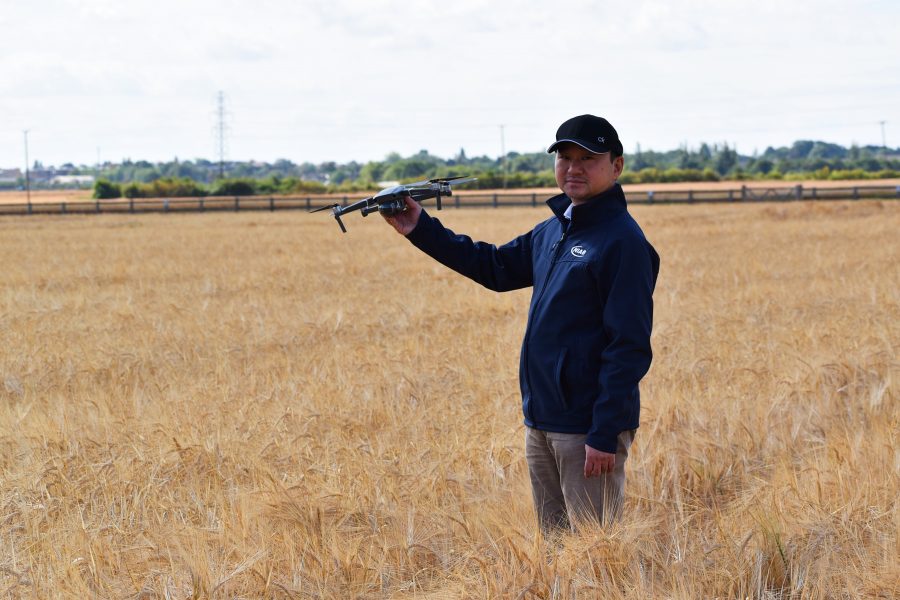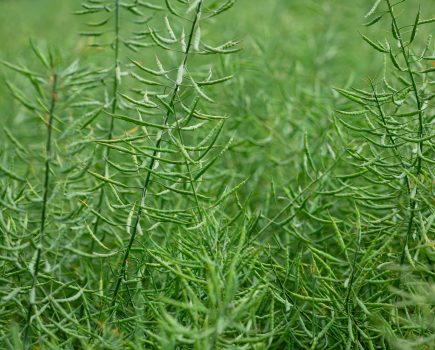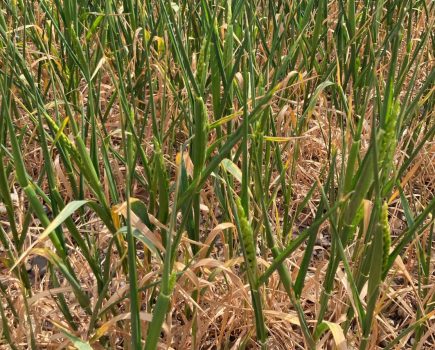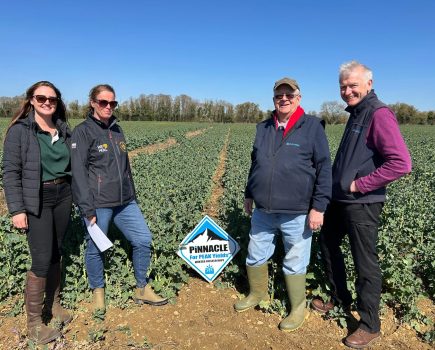New research from crop research organisation NIAB and partners in China has, for the first time, linked drone-based, multi-season aerial plant phenotyping with dynamics of agronomic performance that associates with reliable DNA markers.
This will make it easier for crop breeders and researchers to select plants, or discover genes, based on marker patterns (genotypes) and desired traits (phenotypes).
Drones have great potential in plant breeding and crop research, collecting large-scale 2D/3D visual information from plants in field trials relatively easily and cost-effectively. Until now, it was difficult to use the data collected for reliable trait analysis and genetic mapping.
This new research, led by NIAB’s Head of Data Sciences, Professor Ji Zhou and Professor Bin Han, academician of Chinese Academy of Sciences (CAS) and Director of the CAS Center for Excellence in Molecular Plant Sciences (CEMPS), has resulted in the creation of an open-source platform called AirMeasurer. This has been developed jointly by the Nanjing Agricultural University (NAU), a leading university in agricultural and horticultural research in China, CEMPS, and NIAB.
Professor Zhou said: ‘AirMeasurer demonstrates a step change in our abilities to analyse static and dynamic traits of cereal crops such as rice and wheat. It provides automated 2D/3D trait analysis for aerial phenotyping that cannot easily be achieved through traditional approaches.
‘This open-source platform is a valuable resource that will help plant researchers obtain high quality phenotypic data on a large scale and develop novel markers for crop improvement.’
Across several seasons (2019-2021), the UK-China team used low-cost drones and the AirMeasurer platform to generate high quality 2D/3D image of rice and wheat, under different environments. They also incorporated computer vision and Artificial Intelligence (AI)-powered algorithms into the automatic analysis of key agronomic traits such as seedling number, plant height, canopy coverage, vegetative indices, key growth stages, and their dynamics under varied field conditions. The data was then used to detect associations between traits of interest and genetic markers from hundreds of landraces and recombinant inbred lines in both crops.
The AirMeasurer system has also been applied to statutory Distinctness, Uniformity and Stability (DUS) crop variety testing, carried out by NIAB on behalf of the UK Government’s Animal and Plant Health Agency (APHA) for National Listing and UK Plant Breeders’ Rights (PBR). It is also used in NIAB’s commercial trials with leading UK plant breeding companies, focusing on collecting key agronomic traits such as crop growth and development, 3D canopy coverage, and key yield components such as spikes per unit area, enabling genetic mapping studies.
‘Plant breeders, growers and researchers can all take advantage of the AirMeasurer system and the potential for using drones to extract meaningful phenotype information from their crops. This helps drive innovations in plant characterisation and crop breeding, leading to more resilient crops for farmers to grow, addressing the global climate challenge,’ finished Professor Zhou.
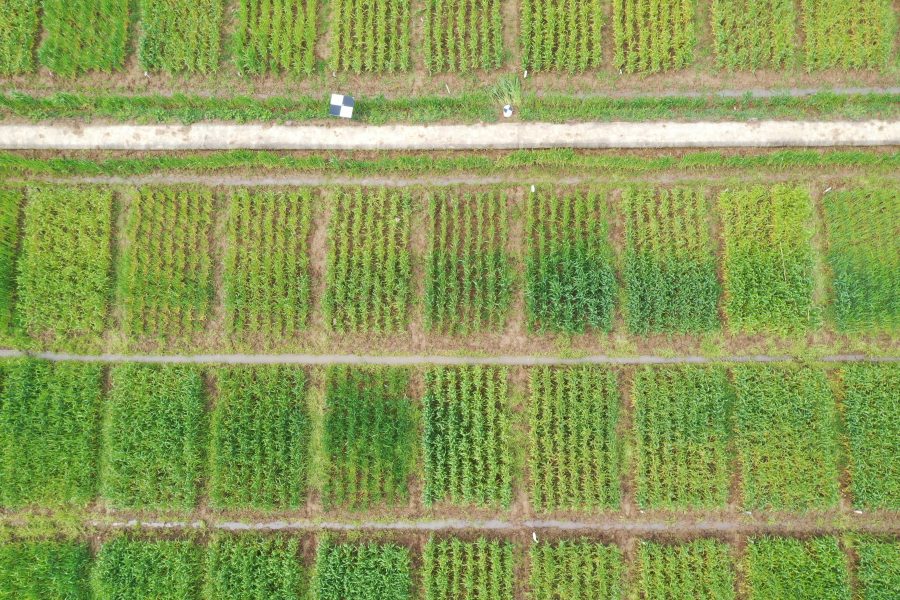
Wheat research in China

